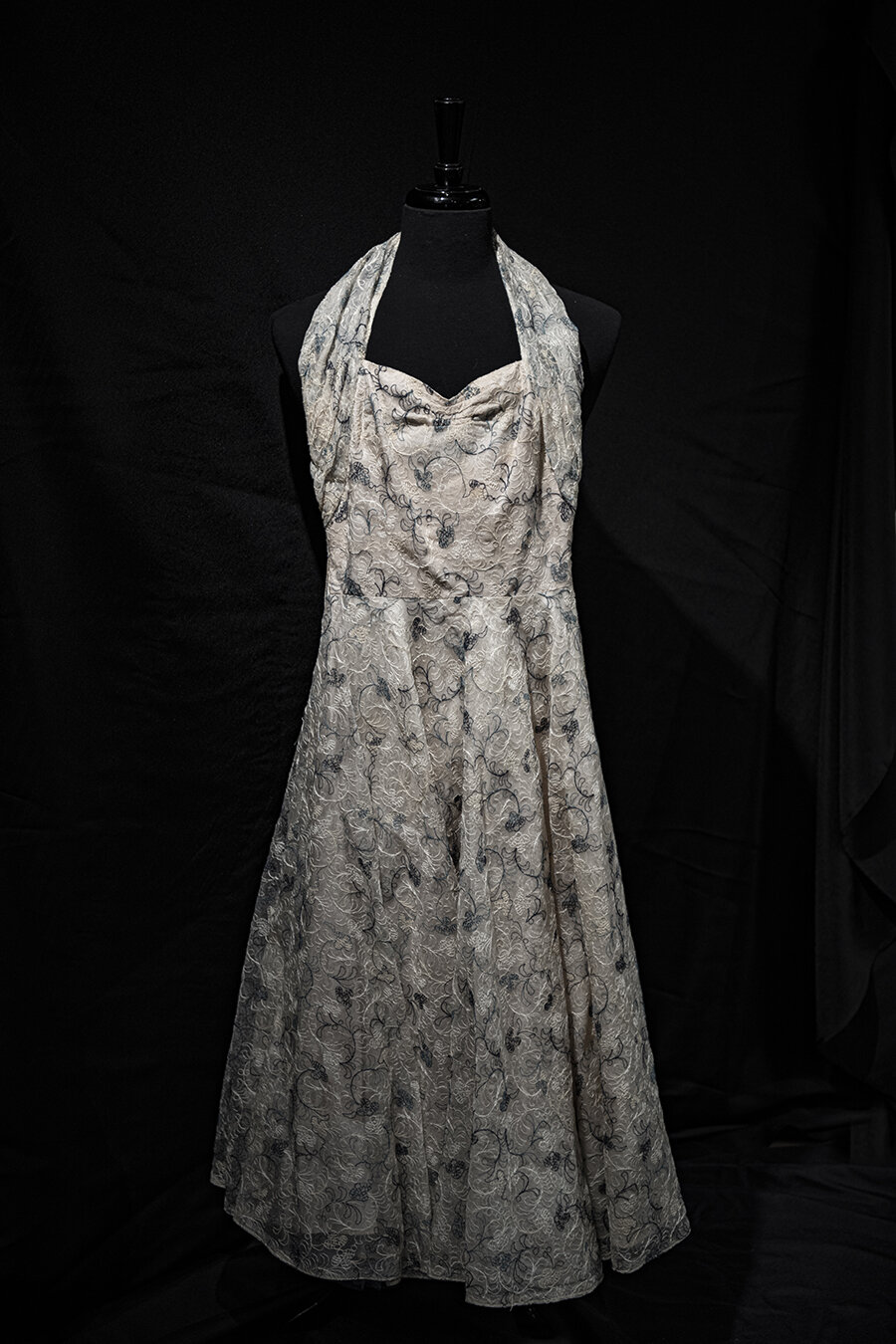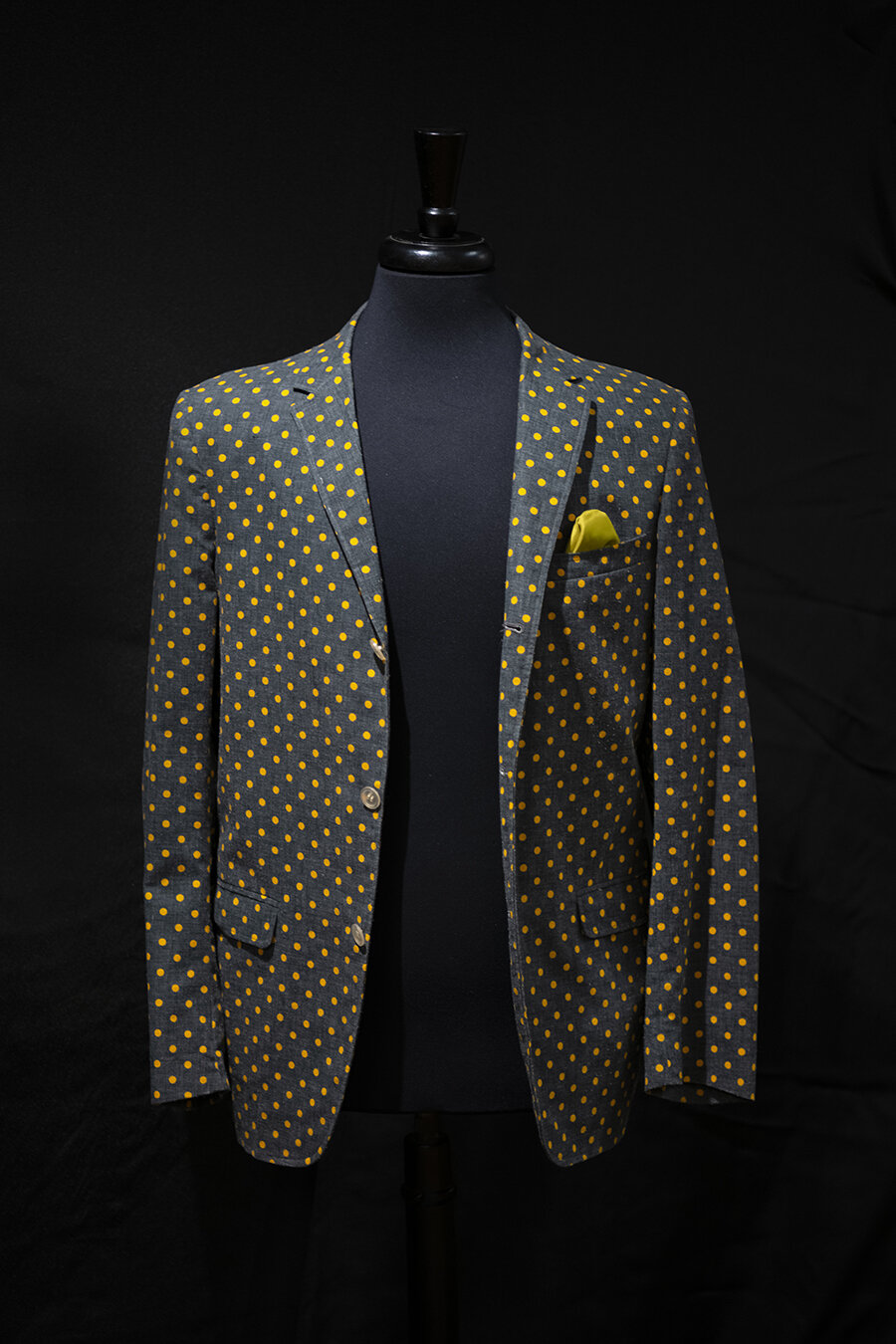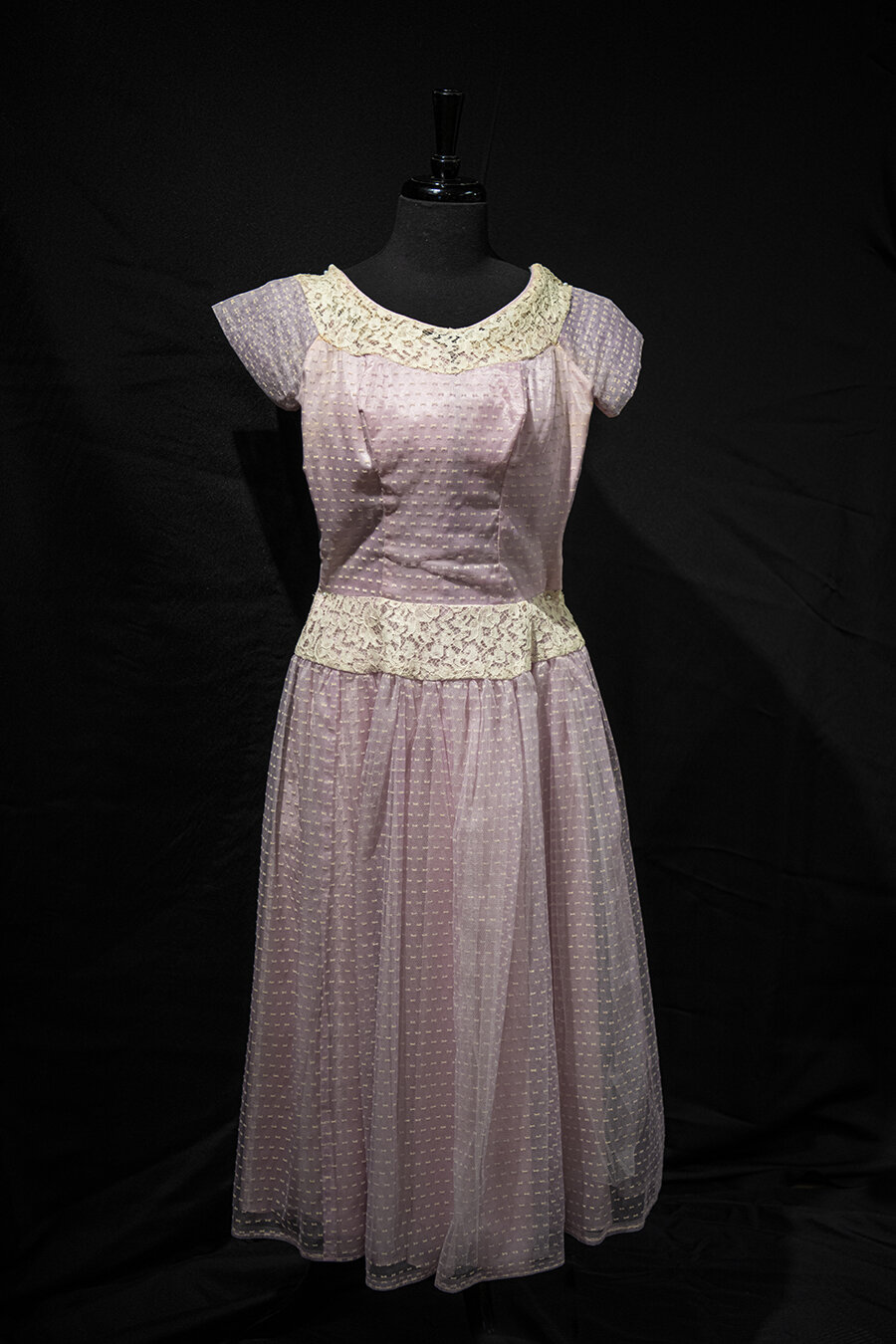Purim Carnival and Queen Esther
Social Life in Phoneix
What is Purim?
The festival of Purim (meaning “lots” in ancient Aramaic) is celebrated every year on the 14th of the Hebrew month of Adar, which is in late winter/early spring. Purim in 2020 began on Monday night, March 9th and continued through Tuesday, March 10th. The celebration commemorates the salvation of the Jewish People in the ancient Persian empire from when Haman plotted “to destroy, kill and annihilate all the Jews, young and old, infants and women, in a single day,” as recorded in the book of Esther.
CLICK HERE: Program book for the 1972 Purim Ball
The Second Annual Jewish Community Center Purim Carnival was held on March 13, 1966
Committee members planning for the upcoming 1957 Purim Ball
The Scroll from the Book of Esther
The Story of Queen Esther
The Persian Empire in 4th century BCE extended over 127 lands, and all the Jews were its subjects. When King Ahasuerus had his wife, Queen Vashti, executed for failing to follow his orders, he arranged a beauty pageant to find a new queen. During the pageant a Jewish girl, Esther, found favor in the King’s eyes and became the new queen. She did refuse to divulge her nationality to King Ahasuerus.
Meanwhile, the anti-Semitic, Haman was appointed the Prime Minister of the Persian Empire. Mordechai, the leader of the Jews and Esther’s cousin, defied the King’s orders by refusing to bow to Haman. Haman was enraged and convinced the King to issue a decree, which ordered the extermination of all the Jews on the 13th of Adar, a date chosen by a lottery Haman made.
Mordechai galvanized all the Jews, convincing them to repent, fast, and pray to G-d. Esther at the same time asked King Ahasuerus and Haman to join her for a feast. At the feast, Esther revealed to the King her Jewish identity. Haman in the end was hanged and Mordechai was appointed Prime Minister instead. Afterwards a new decree was issued, granting Jews the right to defend themselves against their enemies.
On the 13th of Adar, the Jews mobilized and killed many of their enemies. On the 14th of Adar, they rested from all the fighting and celebrated in the capital city of Shushan.
CLICK HERE: Girls Vie for Queen Esther Crown - The Phoenix Jewish News, February 24, 1950
Crowning of Purim Queen, Laura Orman with Rabbi Harry Schectman standing to the right. The Purim Ball was on February 27, 1953
Purim Traditions and Customs
· Reading the Book of Esther (Megillah)
· Giving money gifts to at least two less-fortunate people
· Sending gifts of two kinds of food to at least one person
· A festive Purim Feast
A traditional Purim food is hamantaschen, which is a three-cornered pastry bursting with poppy seeds or another type of sweet filling.
It is customary for children and adults, if they desire, to dress up in costumes.
On the day before Purim, it is customary to fast, in order to commemorate Esther’s fasting and pray to G-d.
HALTER DRESS: Used for a high school graduation in 1953. The dress was purchased at Hanny's on 1st Street and Adams. Provided by Louise Leverant.
JACKET: Larry Cutler's suit jacket from the 1960's
PINK DRESS: 50's era Prom Dress. Provided by Antique Sugar Vintage Clothing
Hamantaschen, which is a three-cornered pastry bursting with poppy seeds or another type of sweet filling
Do ahead: Dough can be made 2 days ahead; keep chilled. Cookies can be made 2 days ahead; let cool and store airtight at room temperature.
Hamantaschen Recipe - Makes about 24 servings
Ingredients:
1½ teaspoons baking powder
¾ teaspoon kosher salt
4 cups all-purpose flour, plus more for surface
1 cup (2 sticks) unsalted butter, room temperature
1 cup sugar
3 large eggs
Date-Orange Filling, Honey-Nut Filling, Poppy Seed Filling, or 1½ cups jam or preserves
Special Equipment
3½"-diameter cookie cutter
Directions:
Whisk baking powder, salt, and 4 cups flour in a medium bowl. Using an electric mixer on medium-high speed, beat butter and sugar in a large bowl until pale and fluffy, about 5 minutes. Add 2 eggs one at a time, beating to combine after each addition and scraping down sides of bowl.
Reduce speed to low and gradually add dry ingredients; mix until dough comes together. Divide dough in half and form into two ¾"-thick disks. Cover and chill at least 2 hours.
Place racks in lower and upper thirds of oven; preheat to 350°. Let 1 disk of dough sit at room temperature until softened slightly, about 30 minutes.
Roll out dough on a very lightly floured surface to about ¼" thick, dusting with flour as needed (use as little flour as possible). Cut out 3 1/2" rounds with cutter and, using an offset spatula or bench scraper, transfer to 2 parchment-lined baking sheets. Gather up scraps, reroll, and cut out additional rounds.
Lightly beat remaining egg in a small bowl to blend. Working a few at a time, brush edge of rounds with egg, then place 1 1/2 tsp. filling in center. Fold sides up to make a triangle, pinching points gently to seal and leaving about 1" surface of filling exposed.
Brush sides of folded dough with egg. Bake cookies, rotating baking sheets halfway through, until bottoms are golden brown, 18–22 minutes. Let cool on baking sheets.
Sources: Louise Leverant, Larry Cutler, and Antique Sugar Vintage Clothing
Unless credited with prior ownership and copyright - all displayed imagery, documents, brochures, books, materials, recordings, video, broadcasts, and promotional materials of every form and description, whether in written, analog, digital, film or electronic form, prepared by Arizona Jewish Historical Society shall remain the copyrighted property works of Arizona Jewish Historical Society. Any unauthorized use of that information or materials may violate copyright, trademark and other laws. Any rights not expressly granted are reserved.
AZJHS is deeply grateful to all our donors and sponsors for their generous support and gifts throughout the year. Because of you, we are able to continue providing to the public at no cost our many programs, events and exhibits.
Mid Century Exhibit Key
(Please choose from the links below to enter the exhibit room of your choice.)
Exhibit Entrance
Featurette
Social Life in Phoenix
Community Enrichment
Religious Life
Jewish Engagement in Civil Rights
Activities Corner
If you have Mid-Century Photos or Documents from 1945-1975 and would like to add to our photographic and informational collection, please fill out the below and submit. Our Special Collections Curator will be in contact with you. Thank you.















